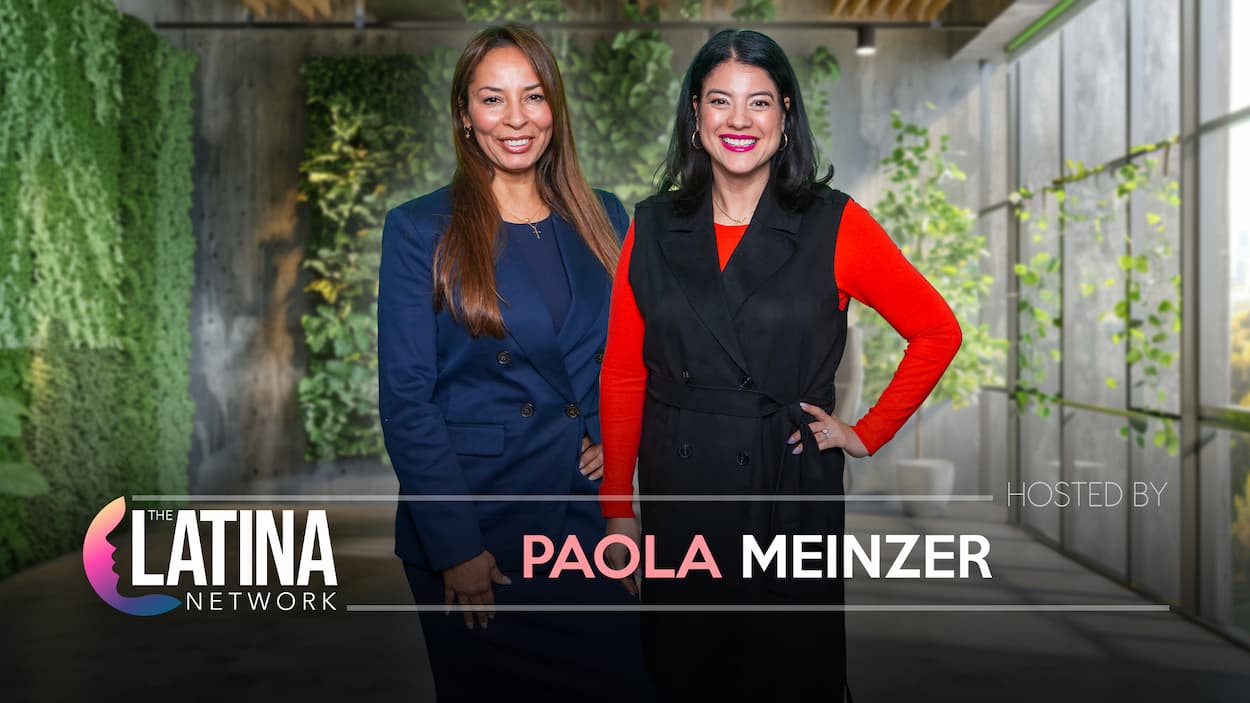Here’s the truth: Latina entrepreneurs know how to stretch a dollar. We have bootstrapped companies out of kitchens, garages, and late-night hustle hours squeezed between caregiving and full-time jobs. But there’s a ceiling to how far you can go on sweat equity and paid ads alone. Growth requires leverage—and one of the most powerful, underused forms of leverage is partnerships.
Partnerships are not charity. They are not “exposure.” They are strategy. When done well, a single alliance can do what thousands of ad dollars cannot: build credibility, open distribution channels, and scale reach without burning through cash. From co-branded launches to channel agreements to B2B2C models, Latinas are proving that relationship capital can outpace financial capital. The question is how to do it wisely.

Choosing the Right Partner
The first mistake many founders make is chasing the biggest name available. Visibility is tempting, but if the values don’t align, the partnership will collapse under its own weight. A good partner passes three tests:
- Complementarity – They bring something you don’t (distribution, technology, capital, credibility).
- Shared Audience – Not identical customers, but overlapping ones who would see value in both brands together.
- Aligned Values – Ethics, messaging, and community respect matter. One misstep from them will reflect on you.
Ask yourself: If this partner disappeared tomorrow, would the relationship have built lasting equity for my business—or just short-term hype?
Partnerships collapse when the math is fuzzy. Define value on both sides. Are you providing content, brand credibility, or cultural access? Are they providing distribution, customer acquisition, or capital? Model this explicitly:
- If you bring 5,000 highly engaged customers and they bring a retail channel, what’s the projected revenue split?
- If you’re doing co-branded product launches, who covers production costs, and who gets inventory risk?
- If you’re cross-promoting, what’s the expected reach, and how do you measure conversions?
Write it down. Numbers don’t just prevent conflict—they prove seriousness.

Papering the Deal
Even grassroots collaborations need clear agreements. A term sheet, even if non-binding at first, protects both sides. Pay attention to:
- Exclusivity – Don’t sign away rights to work with others in your category unless you’re compensated heavily.
- Intellectual Property – Who owns co-created assets, designs, or content? Make it explicit.
- Performance Clauses – Tie commitments to measurable outputs: posts published, units sold, events hosted.
- Exit Strategy – Define how either side can walk away. Sunset clauses prevent a dead partnership from draining energy.
This doesn’t require an expensive lawyer on day one—but it does require clarity and signatures.
A partnership is not just a handshake; it’s a choreography. Align calendars, messaging, and KPIs. Launch campaigns together, not in silos. If you’re doing a co-branded event, agree on who controls the guest list, who manages PR, and what success looks like—ticket sales, press hits, or customer conversions. If you’re releasing a joint product, sync your social calendars and agree on hashtags, email drops, and influencer seeding.
Partnerships thrive when both brands show up like equals, not when one leans back expecting the other to carry the load.
Knowing When to Scale—or to Let Go
Not every partnership is meant to last forever. After each collaboration, run a post-mortem:
- Did the numbers justify the time and resources?
- Did the brand equity increase, or did the effort dilute focus?
- Would scaling this partnership yield exponential returns, or diminishing ones?
Sometimes the best decision is to double down—turn a successful pilot into a formal channel partnership. Other times, the smartest move is to sunset gracefully and redirect energy elsewhere. The discipline of evaluation is as important as the courage to launch.

For Latina entrepreneurs, partnerships are more than business tactics—they are power equalizers. In a marketplace where we still receive less than 1% of venture capital, partnerships allow us to trade relationship capital for growth. They give us the chance to leapfrog barriers, prove traction, and stand shoulder-to-shoulder with larger players without waiting for permission or funding that may never come.
The most successful Latinas are engineering growth not only through hustle, but through alliances. They know the old proverb: If you want to go fast, go alone. If you want to go far, go together. But for us, it’s more than a proverb—it’s a survival strategy, and increasingly, a competitive edge.
So the next time you’re staring at a marketing budget that feels too small or a sales pipeline that feels too thin, ask yourself: Who can I build with? Who wins when I win? Because in that answer lies one of the most powerful growth engines we have.
Partnerships are not the side hustle of strategy. For Latina entrepreneurs, they are the secret weapon.











